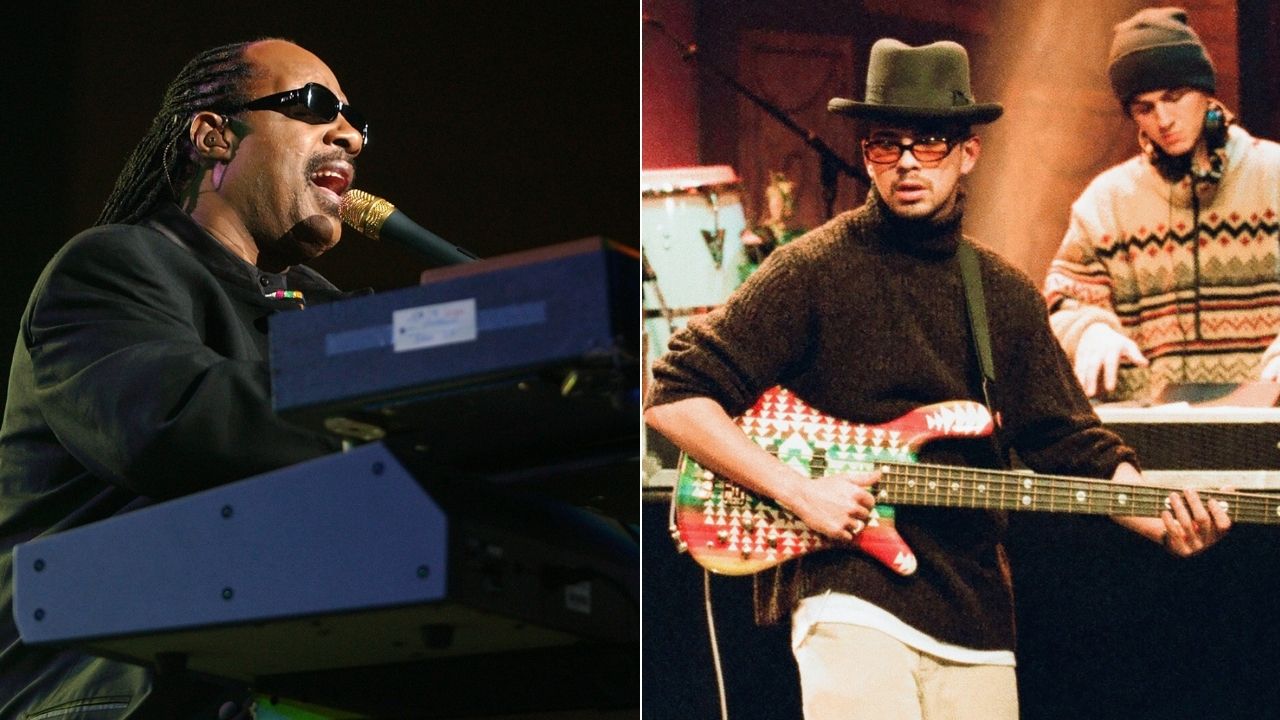Red-hot blues guitar lessons you can learn from ZZ Top’s Billy Gibbons
Laid back, never rushed, always on point with rhythm and feel, let's go deep into the slinky style of Billy Gibbons, a player who helped define Texas blues and '80s rock

Few players are able to more greatly embody a genre than Billy Gibbons and Texas blues. As lead vocalist and guitarist with ZZ Top, whose sound mixes muscular riffs, deep shuffle grooves and tongue-in-cheek lyrics, Billy and the band perfectly capture the ethos of Texas life.
Born in Houston in 1949, Billy grew up in a family of musicians keen to nurture his passion for music. He was introduced to a melting pot of genres and it wasn’t long before Billy fell in love with the music of bluesmen such as Jimmy Reed, BB King, Howlin’ Wolf, T-Bone Walker, Freddie King and Lightin’ Hopkins.
Gibbons got hold of his first guitar at age 13 and began playing along to his favourite artists. He formed a number of bands including The Moving Sidewalks, who opened for Jimi Hendrix. In 1969 Billy joined up with bassist Dusty Hill and drummer Frank Beard to form ZZ Top, the group that propelled him in to the spotlight and allowed his guitar skills to shine.
ZZ Top’s early sound focused on feel-good, groove-based shuffles with raunchy guitar tones. The band toured extensively through the early 70s and released five studio albums, gaining extensive airplay on radio, growing their fanbase, and propelling them to blues-rock stardom.
However, this gruelling schedule and new found fame began to take its toll and in 1977 they took a hiatus that lasted for nearly three years.
Upon their return they found that the musical climate had shifted considerably so chose to adapt in order to stay relevant. Gibbons pushed for a more modern approach, including the use of drum machines, synthesizers and sequencers to complement his trademark guitar sound.
The band was also keen to delve in to the then untested MTV market, embracing the new invention of the era, the music video, which greatly contributed to their success.
All the latest guitar news, interviews, lessons, reviews, deals and more, direct to your inbox!
It was around this time that they stumbled upon an unintentional new visual gimmick in the adoption of full chest-length beards, a decision that Billy claims was originally intended as a disguise to keep a low profile during the band’s hiatus but, on reforming, the beards remained and became part of the group’s signature look.
All of this, combined with minimal stage choreography and matching guitars (sometimes revolving, or fur-clad), gave the band the commercial appeal that it needed, and ZZ Top broke into the mainstream when MTV leapt on their 1983 album, Eliminator.
Despite the adoption of a more modern production, Billy’s guitar sound remained true to his Texas roots, with its strong connection to the emotive phrasing of his early influences.
The thick, tube-driven tone and laid-back feel was still very much a part of the sound, so we continue to see their songs decorated with Minor Pentatonic lines alongside traditional blues licks, plus Gibbons’ trademark pinch harmonic ‘squealies’, shuffle riffs, pick-and-fingers-style playing and two-note chord shapes.
The band’s sound may have morphed over the years but their philosophy has remained unchanged; they’re not looking to change the world, but simply to have a good time.
Get the tone
Amp settings: Gain 6, Bass 3, Middle 6, Treble 5, Presence 4
Gibbons has used many guitars but is probably best known for his 1959 Gibson Les Paul, ‘Pearly Gates’. He has been a keen user of Marshall Plexi guitar amps, though more recently likes Magnatone.
Go for a rich, tube amp tone with delay, and a light pick attack. Gibbons uses very light strings (.007s!) and has reportedly never broken one, a testament to his feather light touch.
Example 1. One-Chord Shuffle
This study includes many of Billy’s signature techniques. The pinch harmonics in bar 5 combined with the crotchet triplets are classic ZZ Top and the inclusion of the hybrid-picked open strings in bars 7-9 are another common feature. Keep a relaxed, ‘back of the beat’ feel throughout - and don’t hit the strings too hard!
Example 2. Melodic Bluesy Phrasing
This solo focuses on expressive, melodic ideas. You’ll notice a lot of long sustained notes that lean on chord tones to capture the underlying harmony.
Don’t go too extreme with the vibrato as Billy’s style is fairly subtle, and pay close attention to slides, hammer-ons and pull-offs to get the correct phrasing and smooth sound.
